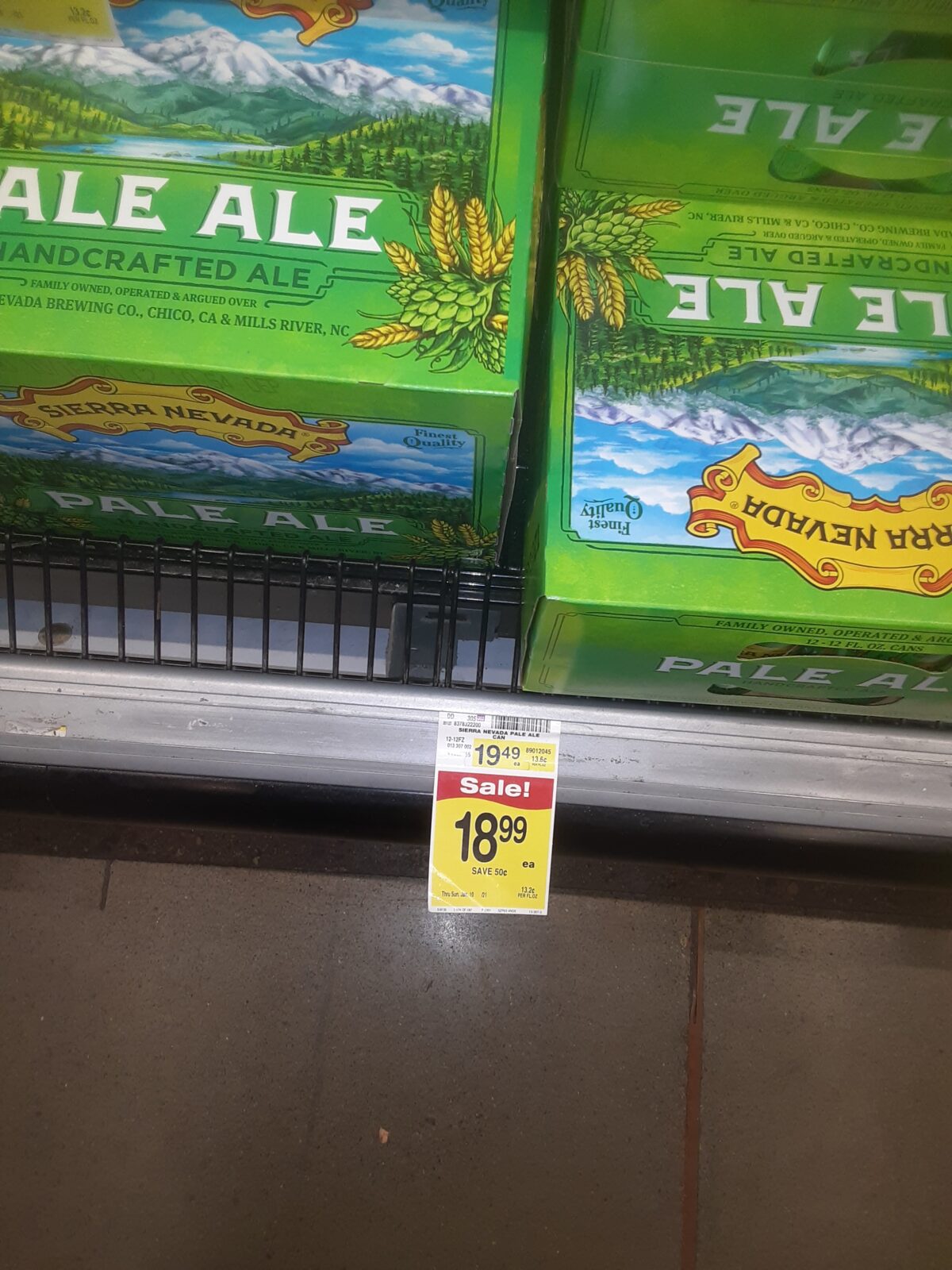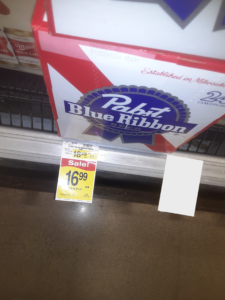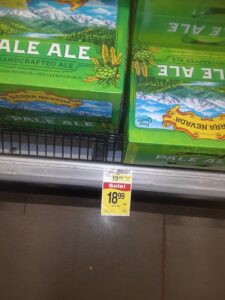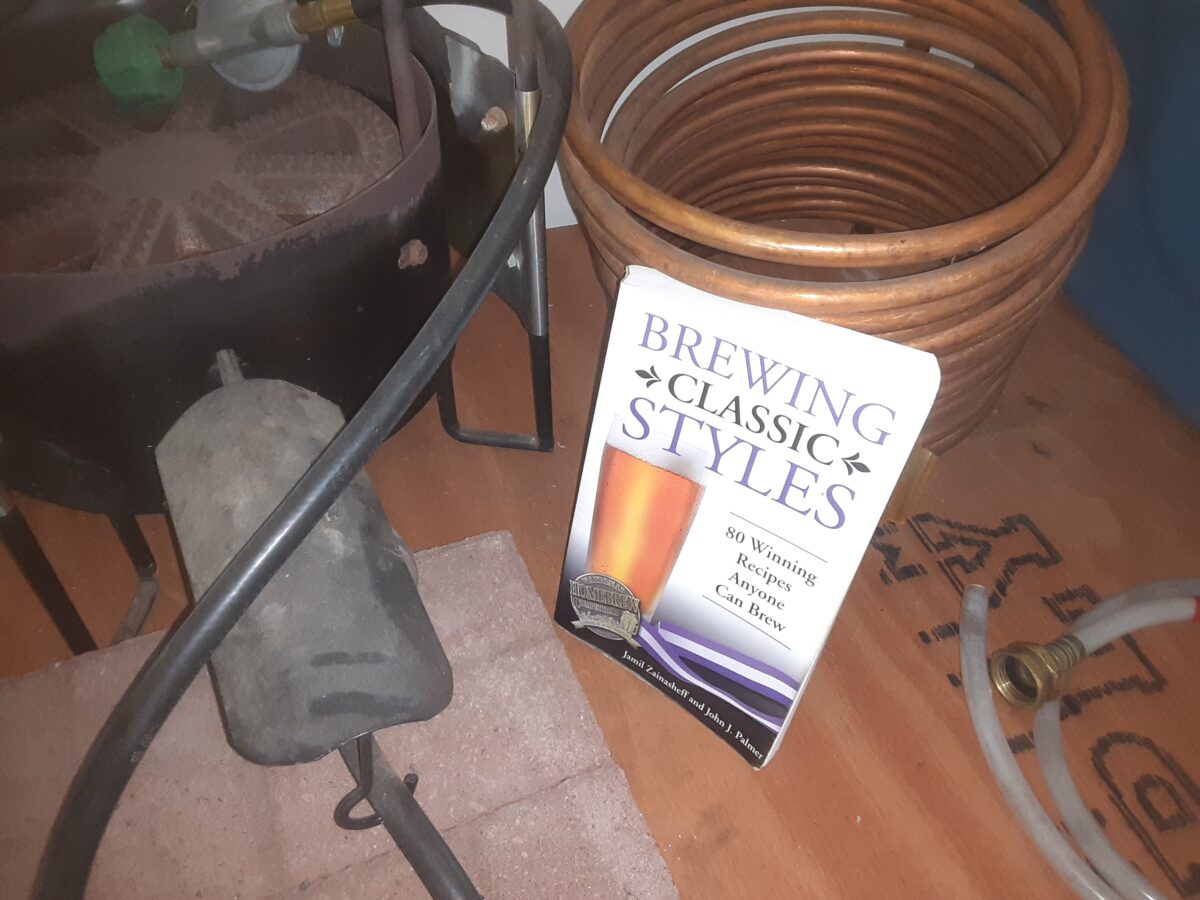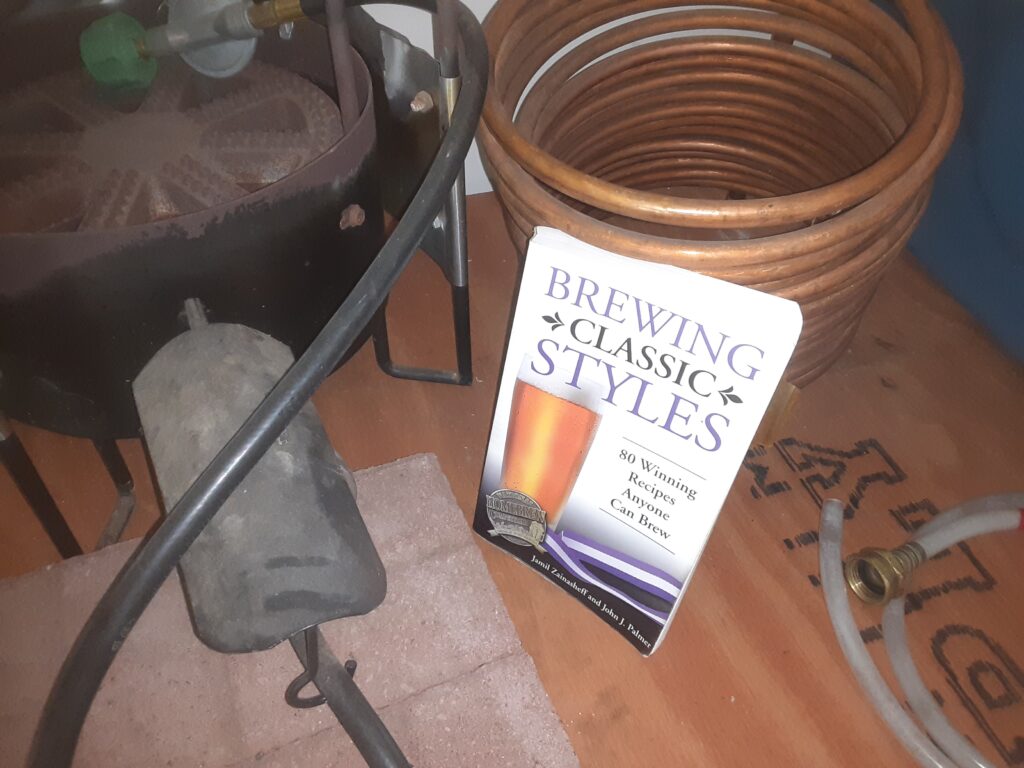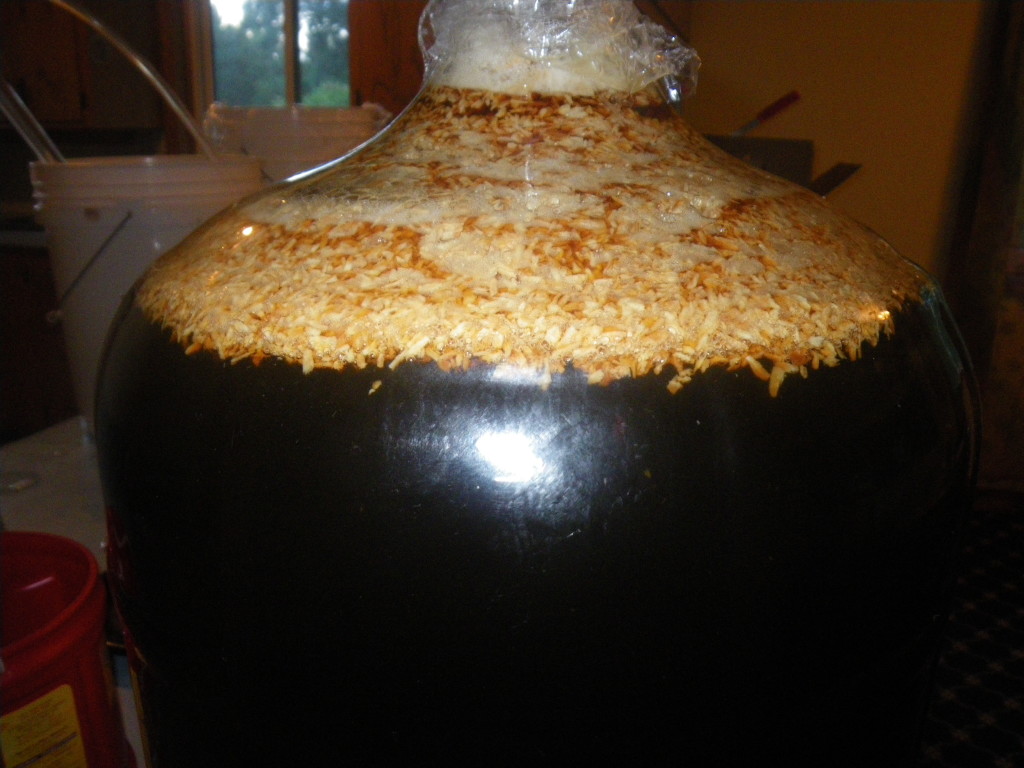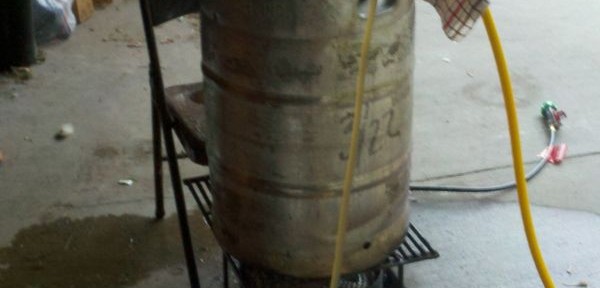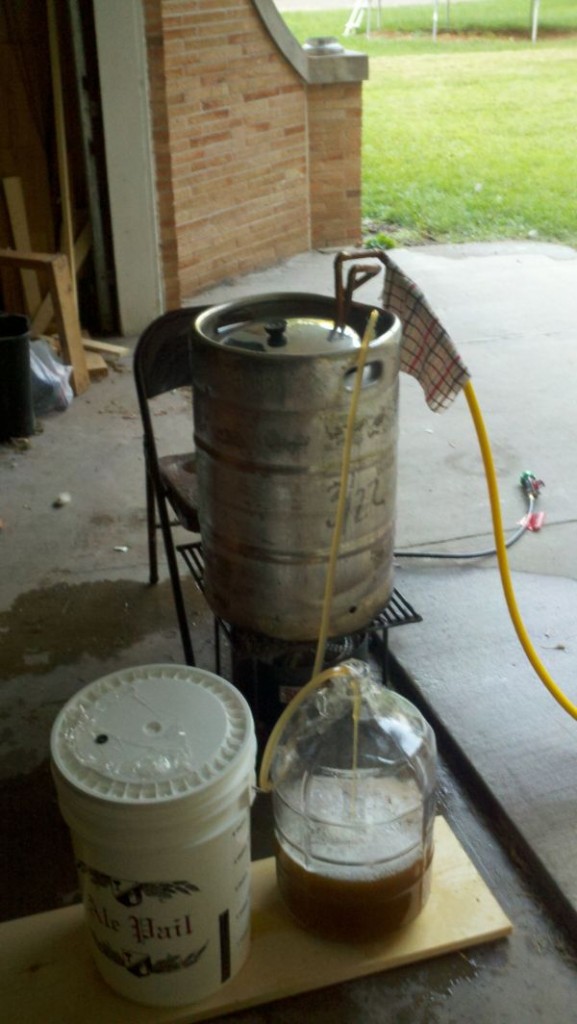I’ve been involved in many discussions about how to economically justify homebrewing. I don’t agree with the need for this; I consider homebrewing to be a hobby, thus something people do for the enjoyment of the process and end result. However, I think those who try to justify the economics of it are using the wrong argument.
Homebrewing is a hobby, and I don’t think the point of it should be to save money.
My Assumptions
For the purpose of this article, I’m going to assume we’re talking about making a 5 gallon batch of beer, which will produce 2 cases of 12 ounce bottles. I know that is not the “exactly correct” number, but I’ve never gotten the exact same number of bottles out of every batch. So, 2 cases seems like a good goal.
Also, I’m not going to break down full recipes, I’m just looking at total costs. I will post both the extract and all-grain numbers.
These prices are based on prices at online homebrew shops as of December 2020, and the commercial comparisons are based on prices I was able to find locally or talking to friends who live where the commercial example is more readily available. These are not aftermarket prices, but the actual retail price available to friends or I, without worrying about sale pricing.
Also, I am not going to get into the cost of equipment. I am only focusing on ingredient cost, since we’re just talking about going to the store to get beer versus making the beer ourselves. Startup costs for homebrewing vary and are limited only by your imagination and budget.
I will only include the cost for what is used, even though some of the ingredients must be purchased so you will have extra for a later batch. Your order price may be higher than the total amount for a batch.
The Common Argument
When I’ve been involved in these discussions, usually people talk about the making the cheapest possible batch of beer. For this example, I used the Munich Helles recipe from Brewing Classic Styles (affiliate link) and am comparing it to Pabst Blue Ribbon. This seemed like a decent comparison, since I know there are less expensive commercial beers out there, and we can brew a lower-alcohol, less expensive batch of homebrew. But I want a beer I actually want to drink.
PBR is 4.7% ABV, while the Helles recipe produces a beer about 5% ABV. Again, looking at the bigger picture.
The Price of PBR
At my local store, Pabst Blue Ribbon is available for $18.49 per 30-pack. If you buy 2 so you have approximately 5 gallons, PBR will set you back $36.98.
Price per 12 ounces: $0.62
The Road to Helles
Extract Version
- 7.6 pounds of Pilsner liquid malt extract – sold in 3.3 pound containers for $11.99 ($3.63 per pound) Affiliate Link to Briess Pilsen Light LME
- Cost of Pilsen light LME used in this recipe: $27.58
- 0.5 pounds Munich liquid malt extract – sold in 3.3 pound containers for $11.99 ($3.63 per pound) (Affiliate link to Briess Munich LME)
- Cost of Munich LME for this recipe: $1.82
- 0.25 pounds Melanoidin Malt (Affiliate Link) $1.86 per pound
- Cost of melanoidin malt for this recipe: $0.47
- 1.1 ounce Hallertau hops – $2.19 per ounce
- Cost of hops for this recipe: $2.41
- Saflager S-23 (affiliate link) – $5.49
Total Cost: $37.77
Price per 12 ounce: $0.79
All-Grain Helles version
- 10 pounds Czech Pilsen Malt (affiliate link) $1.75 per pound
- Cost for this recipe: $17.50
- 0.75 pounds Munich malt (affiliate link) $2.19 per pound
- Cost for this recipe: $1.64
- 0.25 pounds Melanoidin Malt (Affiliate Link) $1.86 per poundCost of melanoidin malt for this recipe: $0.47
- 1.1 ounce Hallertau hops – $2.19 per ounce
- Cost of hops for this recipe: $2.41
- Saflager S-23 (affiliate link) – $5.49
Total Cost: $27.51
Price per 12 ounces: $0.57
Settling the Common Argument
Looking at the numbers, where the commercial beer costs $0.62 per 12 ounces, it’s not worth the extra cost of making the extract beer, but you can save a nickel per 12 ounces by brewing an all-grain batch. If you look at 48 cans of PBR rather than a 60-pack, you save $2.25 per 5 gallons.
The Better Argument
Sierra Nevada Pale Ale (recipe link at Brew Your Own Magazine) is pretty much the gold standard of craft beer. It’s now commonly available nationwide and was one of the first beers in the modern craft beer movement.
This beer is a crazy one for me. When I started homebrewing, I thought it was too bitter for my taste, but now I just really enjoy it. Our tastes do change over time.
The Price of Sierra Nevada Pale Ale
Locally, I can get a 12-pack of SN Pale Ale for $19.49 in either cans or bottles, both 12 ounces. This means for 48 cans, the total price is $77.96.
Price per 12 ounces: $1.62
SN Pale Ale Extract Version
- 6.6 pounds light liquid malt extract (affiliate link) – $11.99 per 3.3 pounds
- Cost for this recipe: $23.98
- 0.25 pounds light dry malt extract (affiliate link) – $5.49 per pound
- Cost for this recipe: $1.37
- 1 pound crystal 60 malt (affiliate link) – $2.41 per pound
- Cost for this recipe: $2.41
- 0.5 ounce Magnum hops (affiliate link) – $2.41 per ounce
- Cost for this recipe: $1.21
- 0.5 ounce Perle hops (affiliate link) – $2.41 per ounce
- Cost for this recipe: $1.21
- 4 ounces Cascade hops (affiliate link) – $9.22 per 4 ounces / $2.31 per ounce
- Cost for this recipe: $9.22
- US-05 Dry Yeast (affiliate link) – $3.99
Total Cost for 5 gallons: $43.39
Price per 12 ounces: $0.90
SN Pale Ale All-Grain Version
- 10.25 pounds 2-row pale malt (affiliate link) – $2.30 per pound
- Cost for this recipe: $23.58
- 1 pound crystal 60 malt (affiliate link) – $2.41 per pound
- Cost for this recipe: $2.41
- 0.5 ounce Magnum hops (affiliate link) – $2.41 per ounce
- Cost for this recipe: $1.21
- 0.5 ounce Perle hops (affiliate link) – $2.41 per ounce
- Cost for this recipe: $1.21
- 4 ounces Cascade hops (affiliate link) – $9.22 per 4 ounces / $2.31 per ounce
- Cost for this recipe: $9.22
- US-05 Dry Yeast (affiliate link) – $3.99
Total cost for 5 gallons: $41.61
Price per 12 ounces: $0.87
Winning the Better Argument
When we compare the cost for 5 gallons of SN Pale Ale ($77.96) vs Extract ($43.39) vs All-Grain ($41.61), we see this is a pretty good argument for the economics of homebrewing. By homebrewing, we can cut the cost of obtaining a delicious beer nearly in half.
The Best Argument
If you can find Dogfish Head 120-Minute IPA (link to recipe on American Hombrewers’ Association site), it is undoubtedly a delicious beer that changed what people thought was possible for beer.
It’s good we established early in this article that we are only looking at the cost of ingredients. Because while this example is a great financial argument, it’s going to require some extra work and time to make it happen. This beer is a month-long commitment to dry-hopping and feeding extra fermentables to your batch.
The Price of Dogfish Head 120-Minute IPA
This beer is one many beer nerds still consider to be a white whale, in that it isn’t commonly available nationwide. It also is not produced constantly, which increases its rarity and desirability. I got to try it on draft a couple years ago, but haven’t seen the bottles for longer than that.
A friend who sees it where he lives said it was $40.00 for a 4-pack of twelve ounce bottles. If you have the wherewithal to pull it off, 2 cases worth of Dogfish 120 will devour $480.00.
Price per 12 ounces: $10.00
DFH 120-Minute Extract Version
- 11.5 pounds light Pilsen LME (affiliate link) – $11.99 per 3.3 pounds / $3.63 per pound
- Cost for this recipe: $41.75
- 0.5 pound English amber malt (affiliate link) – $2.20 per pound
- Cost for this recipe: $1.10
- 11 pounds Dextrose (affiliate link) – $17.99 for 12 pounds / $1.50 per pound
- Cost for this recipe: $16.50
- 2.4 ounces Amarillo hops (affiliate link) – $4.39 per ounce
- Cost for this recipe: $10.54
- 2.4 ounces Simcoe hops (affiliate link) – $3.29 per ounce
- Cost for this recipe: $7.90
- 2.4 ounces Warrior hops (affiliate link) – $2.41 per ounce
- Cost for this recipe: $5.78
- White Labs WLP001 (affiliate link) – $7.99 per PurePitch packet
- Cost for this recipe: $7.99
- White Labs Super High Gravity Yeast (affiliate link) – $7.99 per PurePitch packet
- Cost for this recipe: $7.99
Total Cost for 5 gallons: $99.55
Price per 12 ounces: $2.07
DFH-120 Minute IPA All-Grain Version
- 16 pounds Czech Pilsner Malt (affiliate link) – $1.75 per pound
- Cost for this recipe: $28.00
- 0.5 pound English amber malt (affiliate link) – $2.20 per pound
- Cost for this recipe: $1.10
- 11 pounds Dextrose (affiliate link) – $17.99 for 12 pounds / $1.50 per pound
- Cost for this recipe: $16.50
- 2.4 ounces Amarillo hops (affiliate link) – $4.39 per ounce
- Cost for this recipe: $10.54
- 2.4 ounces Simcoe hops (affiliate link) – $3.29 per ounce
- 7.9+Cost for this recipe: $7.90
- 2.4 ounces Warrior hops (affiliate link) – $2.41 per ounce
- Cost for this recipe: $5.78
- White Labs WLP001 (affiliate link) – $7.99 per PurePitch packet
- Cost for this recipe: $7.99
- White Labs Super High Gravity Yeast (affiliate link) – $7.99 per PurePitch packet
- Cost for this recipe: $7.99
Total cost for 5 gallons: $85.80
Price per 12 ounces: $1.79
Dominating the Best Argument
When you look at the cost of 5 gallons of DFH120 ($480.00) vs Extract ($99.55) vs All-Grain ($85.80), you can start making strong arguments about saving money by homebrewing. DFH 120 is an extreme example of the possibilities, which seems fitting given it was the founder of the “extreme beer” movement.
Even by brewing brewing the extract version of DFH 120, you save 79%, which is a strong argument for how you could save money by homebrewing. But investing $100.00 in a batch of beer is still pretty intimidating.
What Can We Learn?
I will go back to what I said at the beginning of this article: “Homebrewing is a hobby, and I don’t think the point of it should be to save money.”
As a homebrewer, I make a weird combination of beers similar to beers priced near SN Pale Ale to bigger or stranger beers that are more expensive. For me, the joy and challenge of homebrewing is the process and exploring flavors.
The biggest point, though, is that I can produce beers similar to hard-to-get offerings that may not be available in my area or aren’t made anymore. But mostly, I make the beers I like or allow me to explore flavors that intrigue me.
#BrewUpAnAdventure
